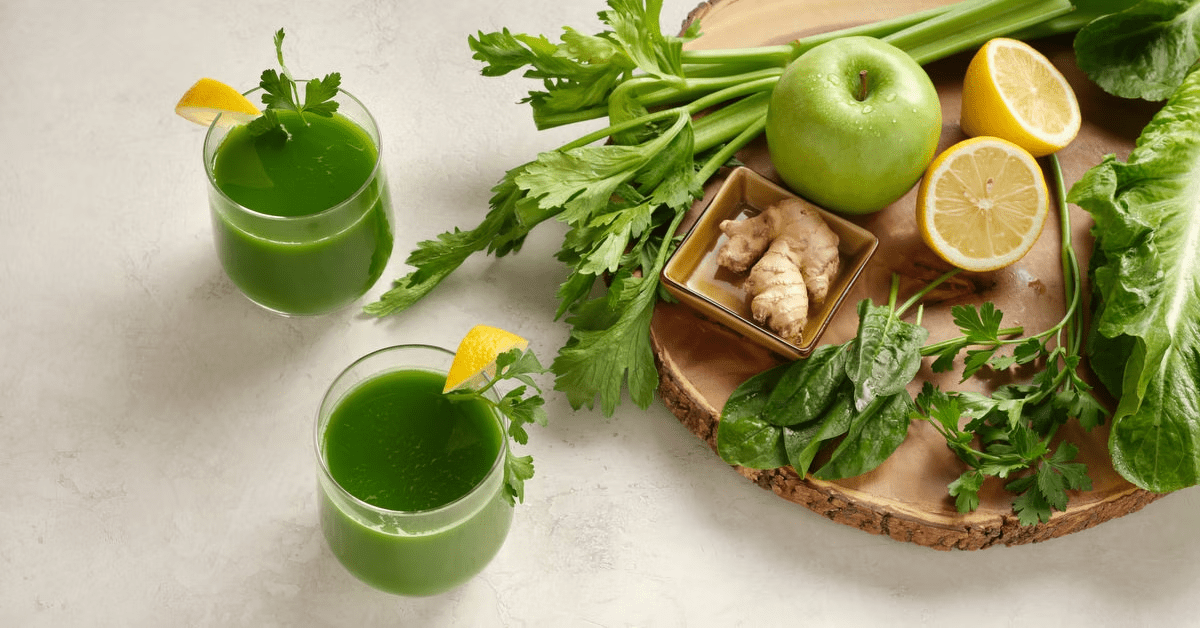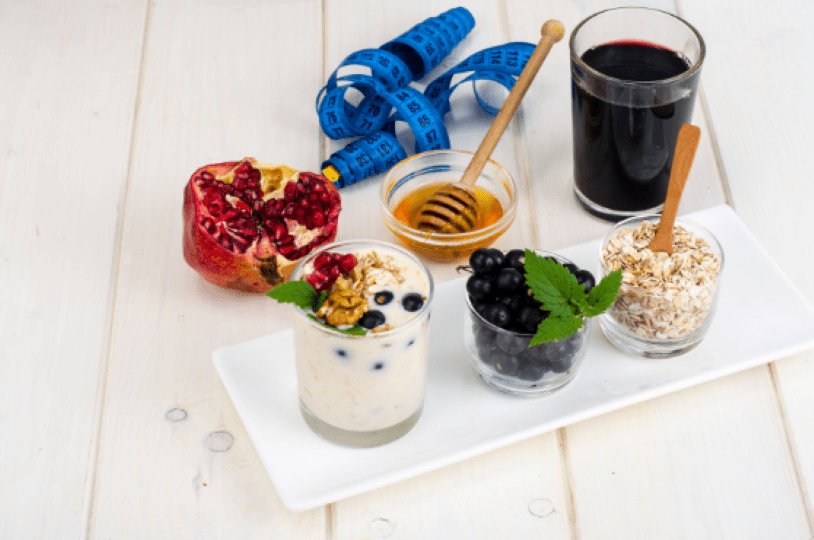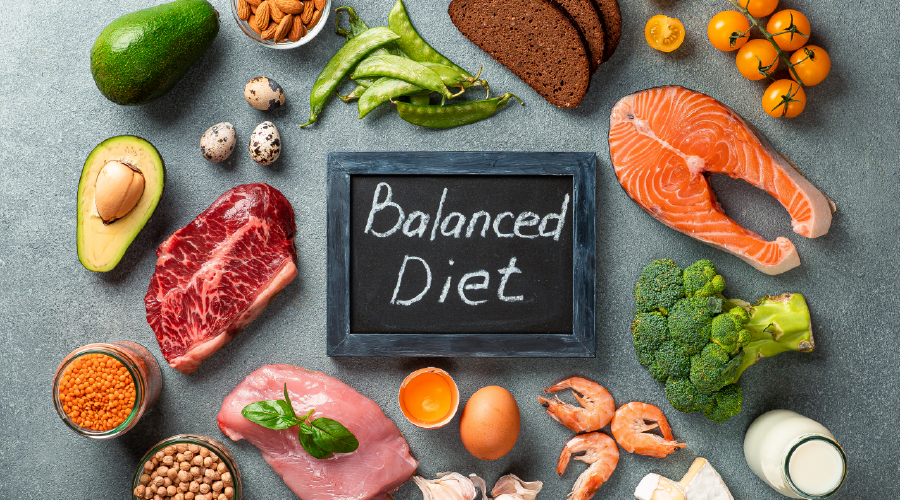Smoothie diets have become increasingly popular due to their convenience, health benefits, and weight loss potential. However, many people make mistakes when starting a smoothie diet that can hinder their progress and even lead to negative health effects. Here are seven mistakes to avoid to help you get the most out of your smoothie diet.
Not Including Enough Protein
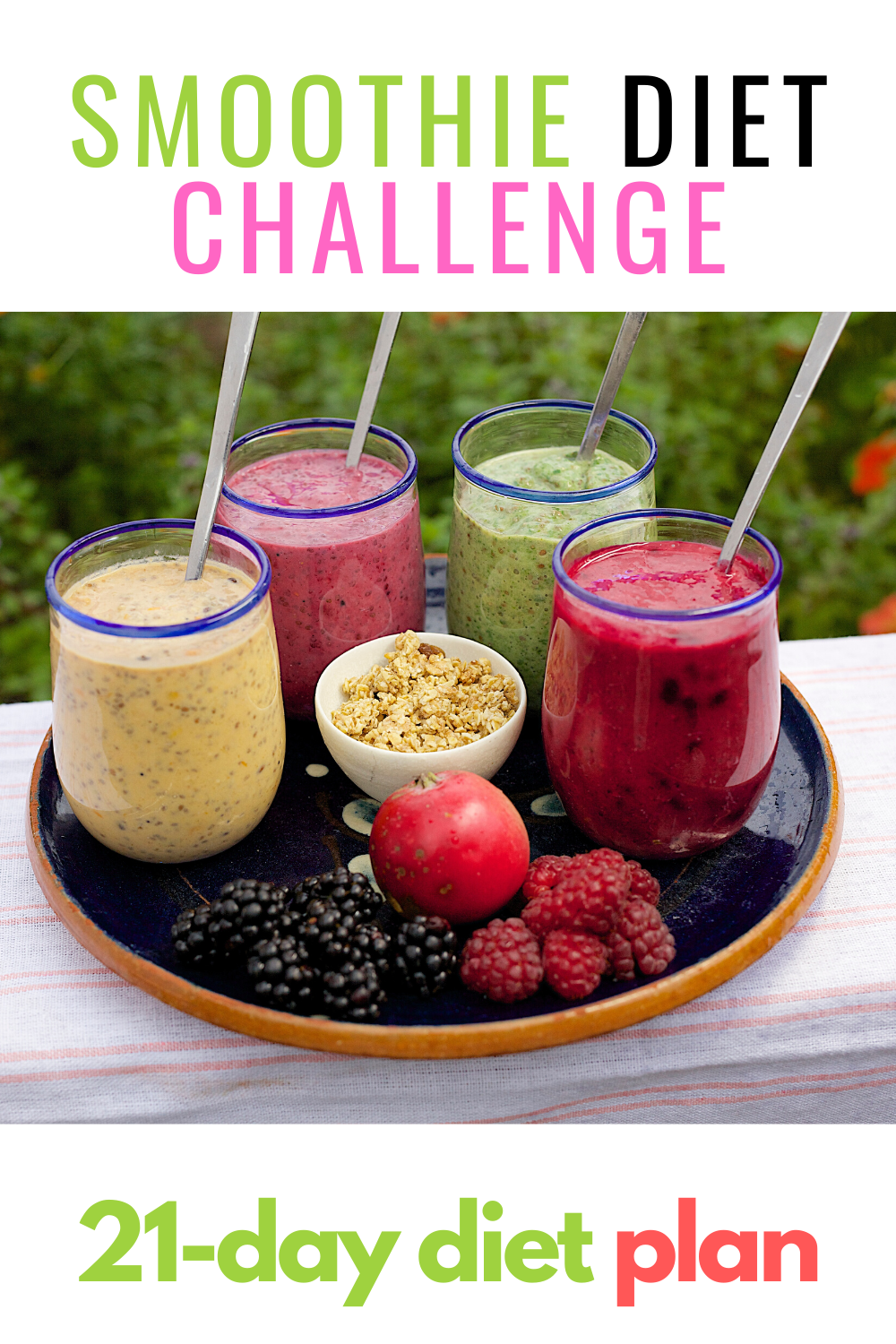
Smoothies are a great way to pack in nutrients, but ensuring you’re getting enough protein is essential. Protein is essential for building and repairing tissues, maintaining muscle mass, and keeping you feeling full and satisfied. Without enough protein, you may feel hungry soon after drinking a smoothie, leading to overeating and snacking on unhealthy foods. Add ingredients like Greek yogurt, nut butter, protein powder, or tofu to add protein to your smoothies. Aiming for 20-30 grams of protein per smoothie can help you meet your daily protein needs and feel full.
Using Too Much Fruit
Fruit is a delicious and nutritious addition to smoothies, but it’s important not to go overboard. Fruits are high in natural sugars, which can cause blood sugar spikes and crashes if consumed in excess. Additionally, too much fruit can lead to a higher calorie intake, hindering weight loss goals. Instead of using only fruit in your smoothies, add vegetables like spinach or kale. These greens are low in calories and packed with nutrients, making them an excellent addition to any smoothie. You can also use unsweetened nut milk or water as a base to reduce calorie intake.
Ignoring Healthy Fats
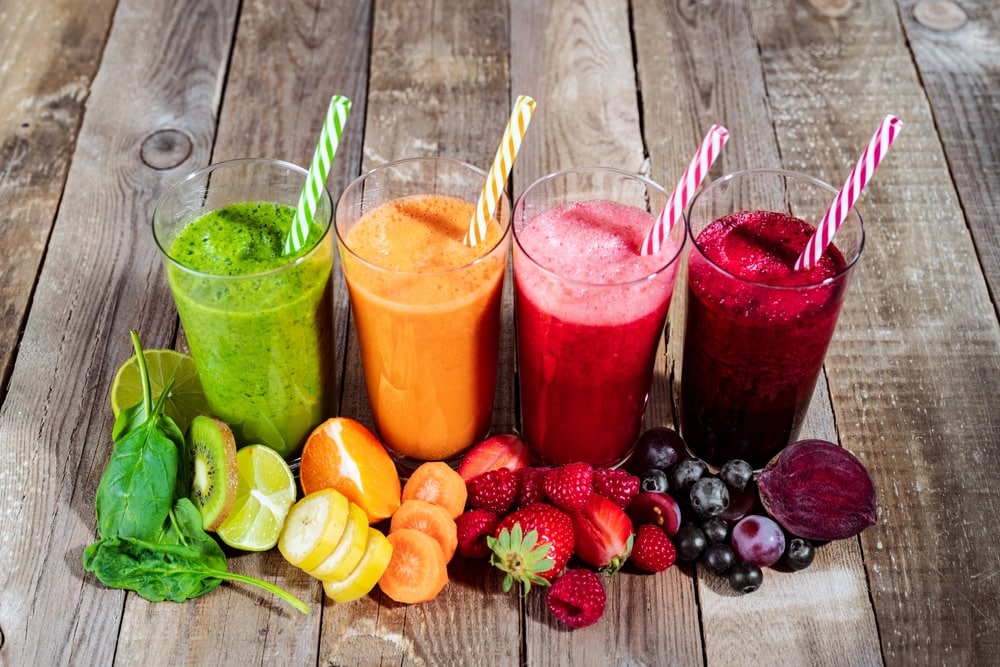
Healthy fats are essential to a balanced diet and can help keep you full and satisfied. Not including healthy fats in your smoothies can lead to hunger and overeating. Additionally, many vitamins, such as A, D, E, and K, require fat to be absorbed by the body. Some excellent sources of healthy fats to add to your smoothies include avocado, nuts and seeds, coconut oil, and nut butter. Be sure to use these ingredients in moderation, as they are high in calories.
Drinking Smoothies as a Meal Replacement
Many people turn to smoothies as a meal replacement to lose weight. While smoothies can be a healthy meal option, it’s important to consider total calorie intake when using them as a meal replacement. Consuming around 300-500 calories per meal is recommended when trying to lose weight. Depending on the ingredients used, smoothies can easily exceed this calorie range. To avoid overconsumption, use a food scale or measuring cups to portion ingredients and calculate the calorie content of your smoothie. Additionally, include a source of protein and healthy fat to keep you feeling full.
Not Considering Food Sensitivities or Allergies
Smoothies can be a convenient way to consume a variety of ingredients, but it’s essential to consider food sensitivities or allergies when creating smoothies. Some common allergens, such as dairy or nuts, are often used in smoothies. Not recognizing food sensitivities or allergies can lead to digestive issues or allergic reactions. To avoid this mistake, consider alternative ingredients that fit your dietary needs or preferences. For example, you can use coconut milk instead of cow’s milk or sunflower seed butter instead of peanut butter.
Not Rotating Ingredients
Repeating the same ingredients in your smoothies can lead to nutrient imbalances or boredom with the taste. To avoid this, rotating ingredients and varying your smoothie recipes is essential. Using a variety of fruits, vegetables, and protein sources can help ensure you’re getting a wide range of nutrients. Additionally, varying your smoothie recipes can help keep things interesting and prevent you from getting bored with your smoothie diet. Try experimenting with different flavor combinations and ingredients to excite your taste buds.
Not Drinking Enough Water
Smoothies can be a great way to hydrate, but they should not replace water. Drinking enough water is essential for overall health and can help prevent dehydration. Additionally, drinking water can help flush out toxins and improve digestion. To ensure you’re staying hydrated, aim to drink at least eight glasses of water per day, in addition to your smoothies. You can also add water-rich ingredients like cucumber or watermelon to your smoothies to increase hydration.
Conclusion
In conclusion, starting a smoothie diet can greatly improve your health, increase nutrient intake, and promote weight loss. However, avoiding these common mistakes is essential to ensure you’re getting the most out of your smoothie diet. You can enjoy the benefits of a smoothie diet without negative side effects by including enough protein and healthy fats, varying ingredients, and monitoring total calorie intake.

